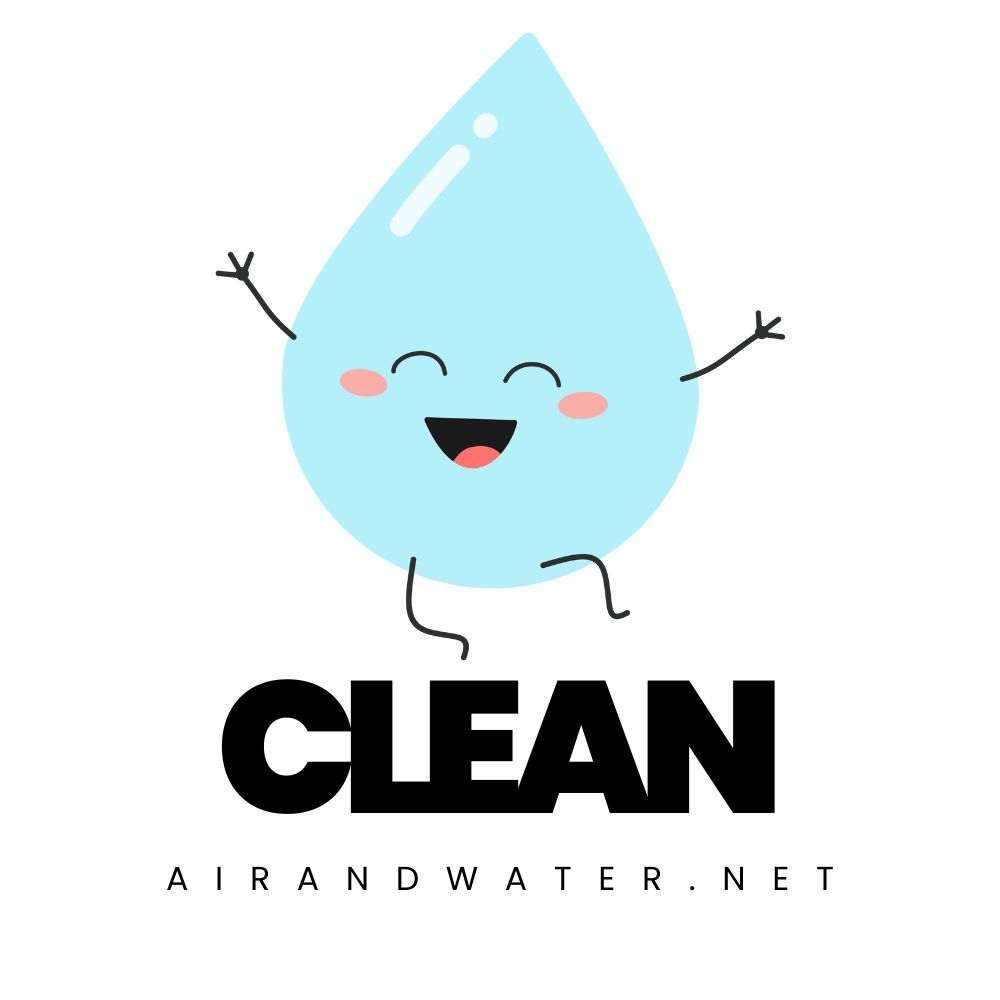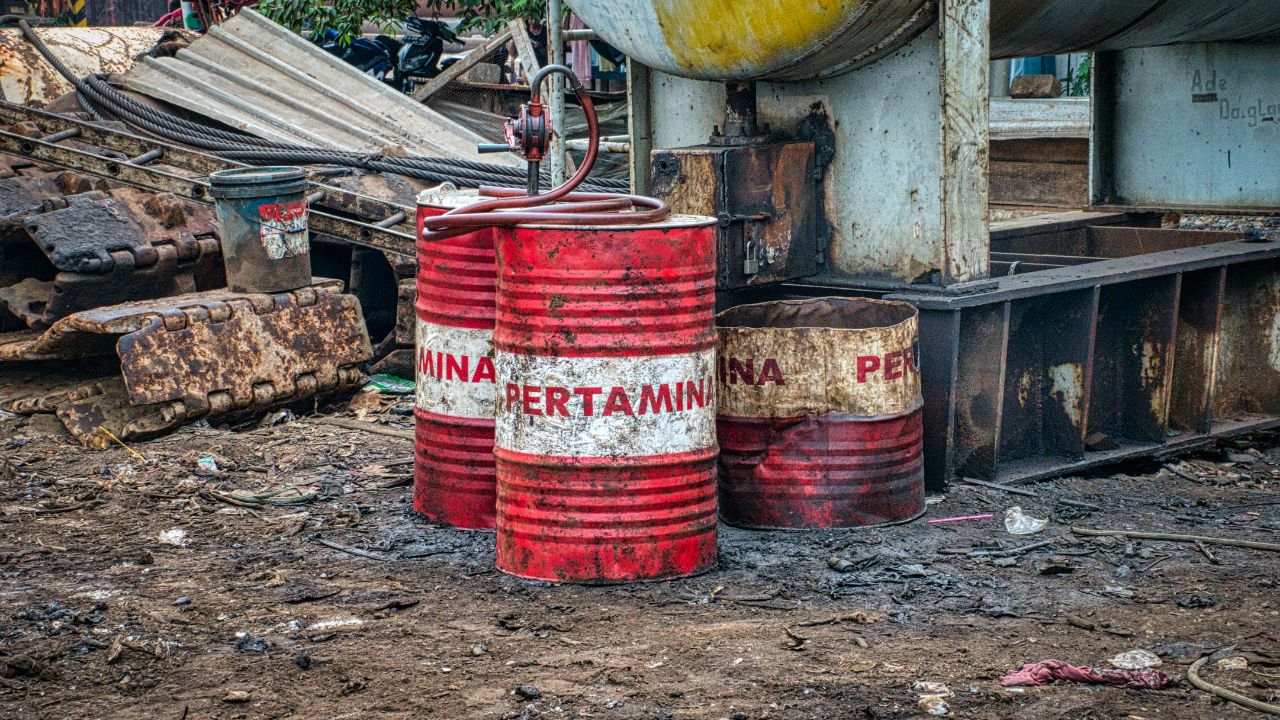The Silent Threat: PFAS Contamination in Ann Arbor’s Water
Behind the Pristine Campus Image
Ann Arbor, home to the University of Michigan, looks picture-perfect on college brochures. The leafy campus, the vibrant downtown, the Huron River winding through parks where students lounge between classes – it’s the quintessential American college town. But this postcard-worthy community harbors a troubling secret that won’t wash away, no matter how many sustainability awards the city wins: its water is contaminated with PFAS.
These “forever chemicals” have quietly worked their way into the town’s water system, raising alarm among residents who thought environmental problems happened somewhere else – not in their progressive, educated community. Though recent filtration upgrades have reduced detection levels in treated water, the underlying problem persists, linking Ann Arbor to the same toxic legacy that plagues hundreds of towns across America.
What Are PFAS?
PFAS isn’t just one chemical – it’s a family of thousands of synthetic compounds that manufacturers have used for decades to make everything from non-stick pans to waterproof jackets. They’re incredibly useful because they repel water, resist stains, and withstand heat. The problem? The same molecular bonds that make them so useful also make them virtually indestructible in the environment.
Scientists have linked these chemicals to a disturbing array of health problems: certain cancers, fertility issues, developmental delays in children, weakened immune response, and increased cholesterol. What’s particularly troubling is that they can cause harm at vanishingly small concentrations – parts per trillion, the equivalent of a few drops in an Olympic swimming pool. In fact, the EPA’s 2022 health advisories suggest PFOA and PFOS (two common PFAS compounds) may be harmful at astonishingly low levels: 0.004 and 0.02 parts per trillion, respectively – thousands of times lower than previously thought.
They also don’t play fair. Once in your body, they can remain for years, accumulating with each new exposure from water, food, or consumer products. While the body slowly tries to flush them out, they’re busy potentially disrupting hormones and cellular functions.
The Huron River Connection
For Ann Arbor, the story of PFAS begins with its beloved Huron River, which supplies most of the city’s drinking water. In 2018, tests revealed something alarming: the river contained measurable levels of these toxic compounds.
State investigators eventually traced the source of contamination upstream to Wixom, where Tribar Technologies (formerly Wixom Plating) had been discharging PFAS-laden wastewater into the sewer system. This automotive supplier, which specializes in chrome plating and finishing, became the primary culprit in a contamination story that would affect communities all along the river. The Wixom wastewater treatment plant, never designed to filter out such chemicals, simply passed them along into the river.
Tests conducted between May and December 2019 by the Environmental Working Group found Ann Arbor’s tap water contained 15.8 parts per trillion of PFOA and PFOS – two of the most notorious PFAS compounds. That’s below the EPA’s advisory level at the time of 70 ppt, but above Michigan’s later, stricter standard of 8 ppt for these compounds. As of June 2024, thanks to extensive filtration upgrades, Ann Arbor’s treated water consistently tests below Michigan’s standards – a victory for public health, but one that came at significant cost to the city’s residents rather than the polluters.
University Response
The University of Michigan, with its 45,000 students and staff dependent on city water, found itself in an uncomfortable position. Campus buildings were receiving the same PFAS-containing water as the rest of the city. University officials were quick to note that contamination levels didn’t exceed EPA guidelines, even during a concentration spike in fall 2018.
But for many students, that wasn’t reassuring enough. In lecture halls where they learned about environmental justice and corporate responsibility, they were drinking water tainted by industrial pollution. It seemed like a real-world case study unfolding in their own community.
Campus environmental groups began organizing information sessions and lobbying administration. Gradually, their focus expanded beyond campus to join broader community efforts. Student activists didn’t just want better filters – they wanted accountability from the companies responsible and stricter regulations to prevent future contamination.
City’s Response and Treatment Efforts
Unlike some communities that have dragged their feet on PFAS, Ann Arbor’s response has been relatively aggressive. The city has poured millions into upgrading its water treatment plant, particularly its granular activated carbon filters – currently the best available technology for removing these chemicals from drinking water.
In 2019 alone, the city council approved $950,000 for additional PFAS filters. By 2020, about $1.5 million had been spent on system upgrades, particularly focusing on enhanced carbon filtration technology. The investment has paid off in one sense – recent testing shows near-undetectable levels of PFAS in the treated water leaving the plant.
But Ann Arbor’s water treatment manager Brian Steglitz has expressed frustration that city residents are footing the bill for pollution they didn’t create. “It would be preferable,” he stated, “if City customers did not need to fund treatment for PFAS and that the polluter was responsible for removing all contamination from their waste streams.”
Broader Implications for the Community
The PFAS problem extends beyond what comes out of the tap. In 2018, state officials issued a “Do Not Eat” advisory for fish caught from the Huron River – a devastating blow for recreational anglers and a stark warning about how thoroughly these chemicals have infiltrated the local ecosystem. That advisory remains in effect today, a persistent reminder of PFAS’s environmental legacy.
Health officials advise people to shower after contact with the river, especially after swimming or tubing – a precaution that underscores ongoing concerns about exposure. Then in 2020 came another unsettling discovery: PFAS had been detected in the city’s compost program, which distributes treated organic waste as fertilizer for parks and gardens. The city temporarily suspended compost distribution before resuming in 2021 with stricter testing protocols.
Suddenly, these invisible chemicals seemed to be everywhere – not just in water, but cycling through the community’s soil and potentially into home-grown vegetables. For a town that prides itself on environmental awareness, it was a humbling realization.
The Path Forward
Ann Arbor’s experience highlights an uncomfortable truth about PFAS: once these chemicals enter the environment, completely eliminating them is nearly impossible. Treatment can reduce concentrations to safer levels, but the fundamental problem remains as long as industries continue using and discharging these substances.
Michigan has taken some meaningful steps. In August 2020, the state adopted its own maximum contaminant levels for seven PFAS chemicals – ranging from 6 to 16 parts per trillion, creating more stringent and enforceable standards than federal guidelines at the time. But many advocates say this isn’t enough, especially now that the EPA’s 2022 health advisories suggest safe levels thousands of times lower than even Michigan’s standards.
Representative Debbie Dingell, whose district includes Ann Arbor, has championed federal legislation to ban PFAS in food packaging and establish national regulations. She’s specifically cited Ann Arbor’s contamination issues when testifying before Congress.
For residents of this college town, the PFAS saga represents a crash course in environmental realities. It’s one thing to discuss pollution in the abstract; it’s another to wonder about the safety of your morning coffee or your child’s bath water. As one local put it during a town hall meeting: “We thought we were doing everything right here in Ann Arbor. If we’re not safe from this stuff, who is?”
The struggle against these persistent chemicals continues, forcing this community to confront difficult questions about environmental justice, corporate responsibility, and the true cost of industrial progress that gets passed down to ordinary citizens decades later.

